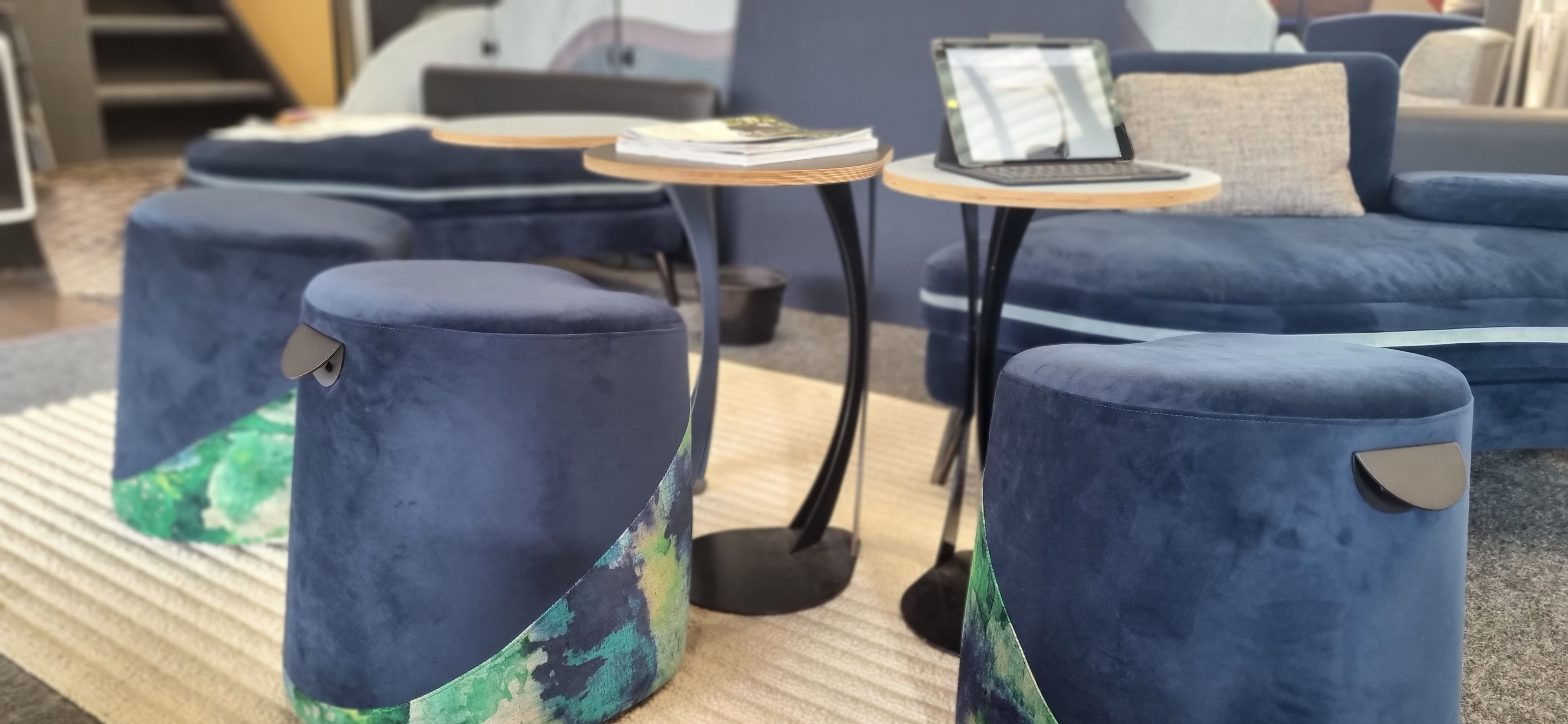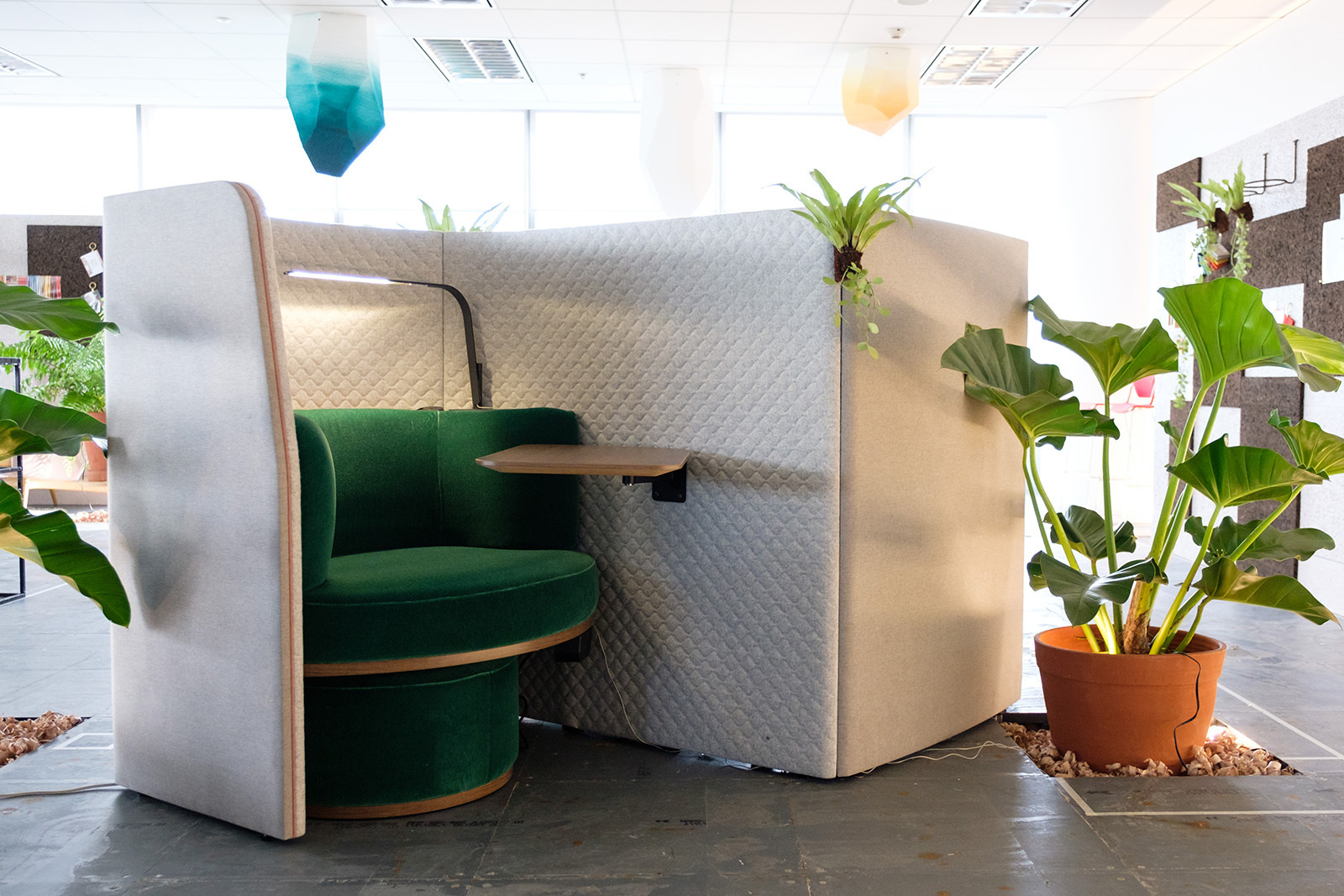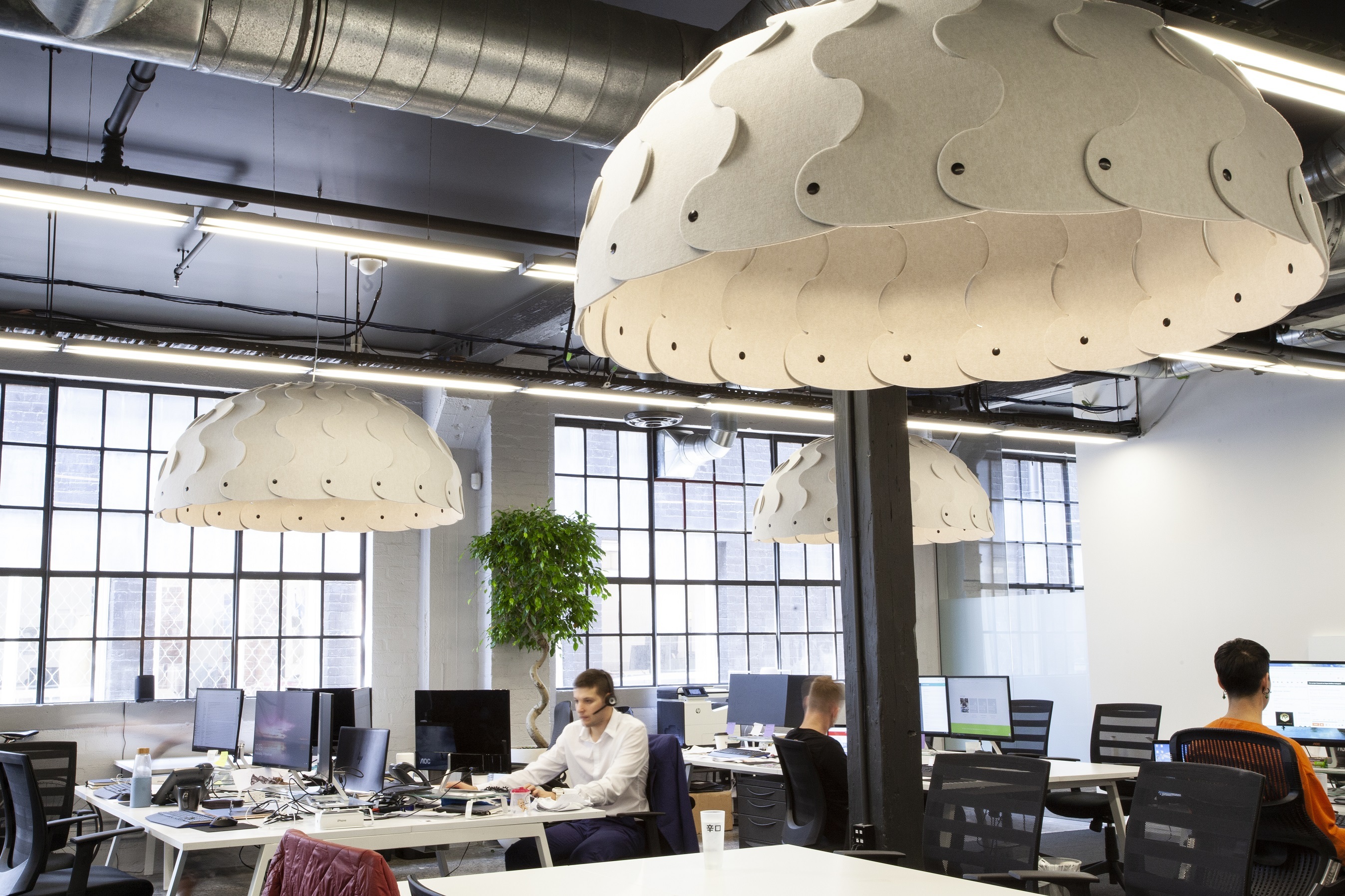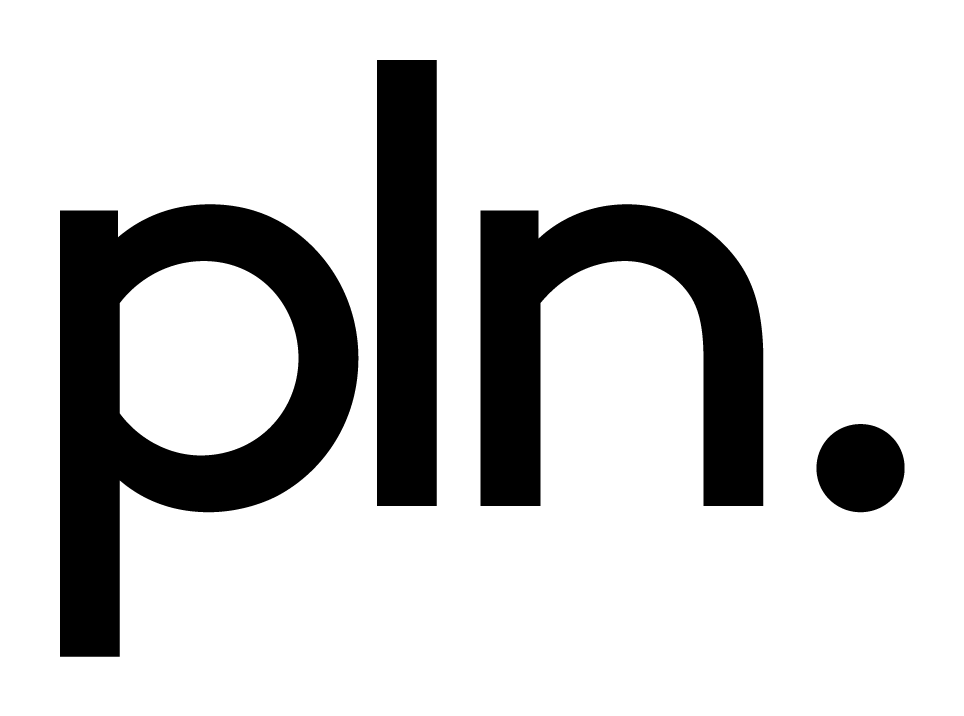Younger workers are far more likely to collaborate in an ad-hoc way. Touch-down meetings, quick chats are the most effective way for Gen Z and Millennials to work
Gen-Hybrid
We’re now in the hybrid age as visions of remote working fade as quickly as memories of lockdowns and social distancing. But what does the hybrid workplace look like across the generations?
Gen Z
New Evolution
A new study and report from office tech company, Eptura, shines a light on the ever evolving “new normal” with regards working patterns and office returns.
The study shows that collaboration is a key facet in determining why people want to spend at least some time in the office. The desire for fully remote working seems to have morphed as both business owners and workers recognise the benefits of spending part of the week in the same room with colleagues.
Across all workers, collaboration ranks as the top reason for being in the office - along with socialising with friends.
But interestingly, differences emerge across the generations between planned and spontaneous collaboration.
Younger workers are far more likely to collaborate in a much more ad-hoc way. Touch-down meetings and quick chats are the most effective way for Gen Z and Millennials to work together, whereas Gen X and older work in a more structured, organised way.
These differences are going to require a nuanced and flexible approach to workplace design going forward.
Ways of Working
Generation Z
The issue of Gen Z (born 1996 – 2010) in the workplace has become more visible recently as the proportion of these younger workers has increased. Raised as a wholly tech-savvy, work-to-live, media-bite generation, for whom the disruption and alchemy of the pandemic forms a relatively large portion of their lives, (and probably nearly all of their working lives) they will be looking for different ways of working and interacting than the managers guiding them are used to.
Not only will they expect tech to be at their fingertips, their beliefs in equality and inclusivity, ethical living and a healthy work/life balance will need to recognised and be catered for.

Management No-Mates
An insight worthy of note from the study is the 62% of respondents who like to work alone or in a quiet spot – even though 65% also like to work with colleagues or friends.
Sadly, only 8% expressed a preference for working with their managers :( - (Buck up your ideas managers.)
Older workers may have more recognisable habits and needs but even they will have been touched by the fluctuations of pandemic-driven working patterns. They may quite like the option to work at least some of the week from home as well as enjoying the new flexibility in the office where they aren't tied to the same desk for eight hours each day. Middle and senior managers rank collaboration with colleagues as the top reason to be in the office - whereas non-managers (younger workers) ranked socialising at the top.
The Genie is out of the bottle, but everyone has slightly differing needs and varying wishes to make.

For business owners, providing appropriate spaces for these disparate ways of working is going to be key to ensuring offices are populated enough to provide effective workflow, collaboration and creativity
Flexibility and agility in any workspace are going to be ever more important facets for bosses as well as designers and architects.
In the Eptura study, 42% of respondents said the provision of better amenities and collaboration space in the office was important, so it’s certainly on their minds.
Flight To Quality
In a term borrowed from investment markets, what’s required is a Flight to Quality. This is where company bosses accept the new normal and adapt to it across the business in a holistic way. The other options are either Pull or Push approaches – either legislating a return or potentially over-incentivising it.
Obviously, there is no one-size-fits-all solution, whether within an organisation, region or industry. Each leader needs to carefully assess the requirements of the business and the people within it. Ratios of creativity versus logic, collaboration versus solo work, Gen Z versus Gen X, etc.
What is needed too is a realisation that a workspace needs to be more than simply a space for work. Bosses also need to consider wellbeing, culture and environmental and social aspects in order that workers view the office as a place to 'be' rather than simply a place to earn a crust. In the Eptura report under reasons to return, company culture and a shared community scored relatively low, suggesting work to be done.
Furnishings that offer flexibility and additional benefits to the obvious basic use will help deliver a space that will appeal to as wide an audience as is needed.

